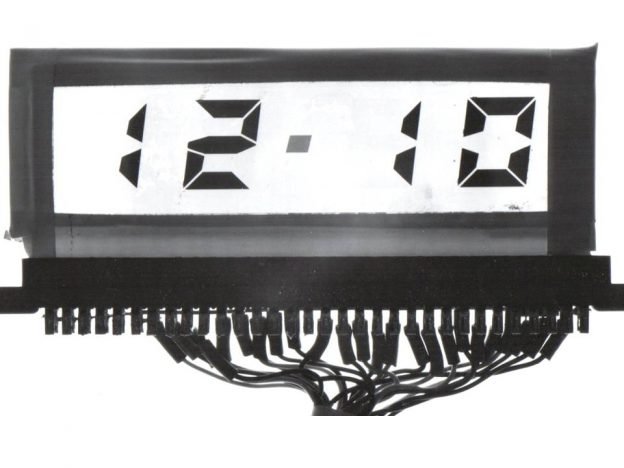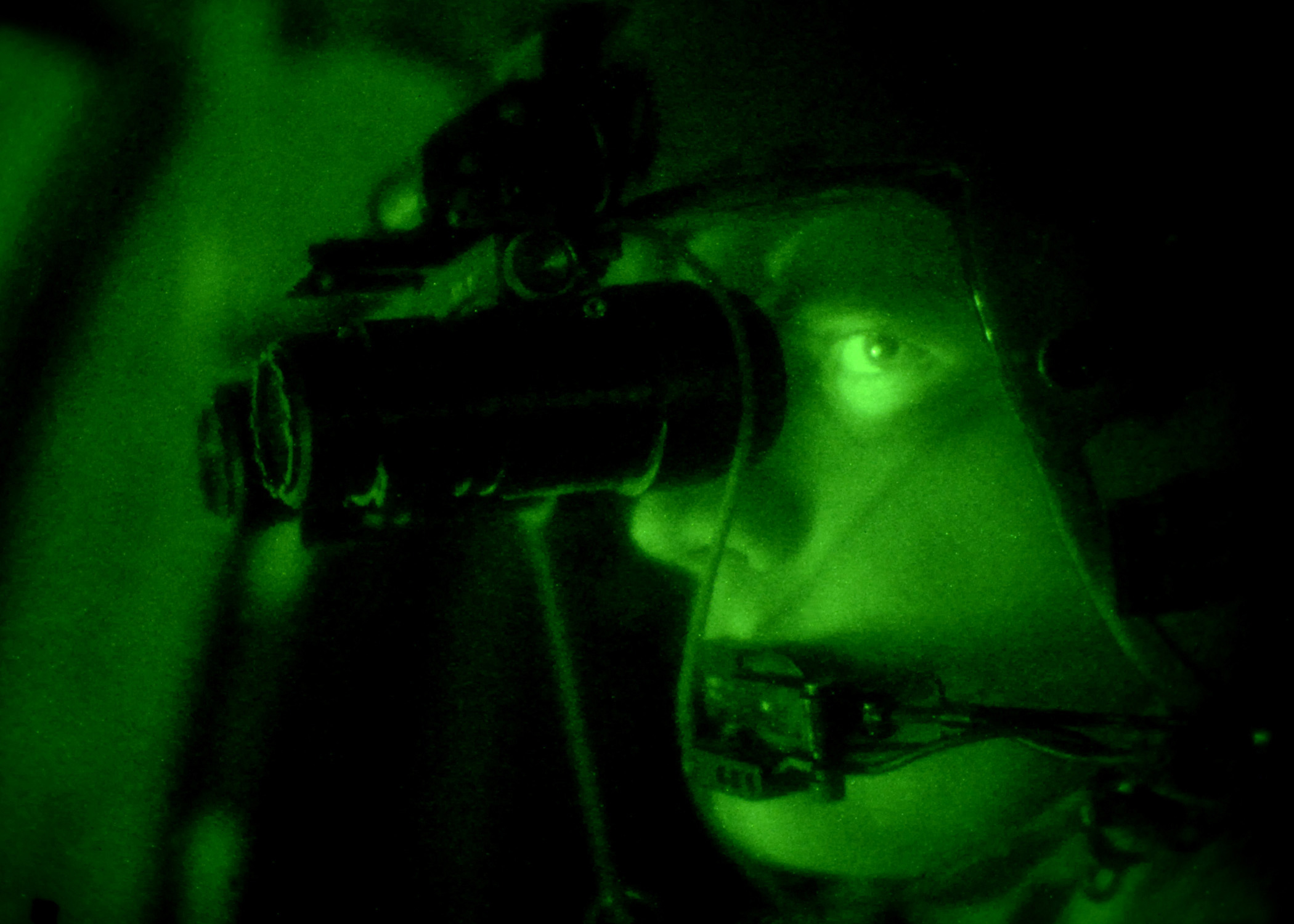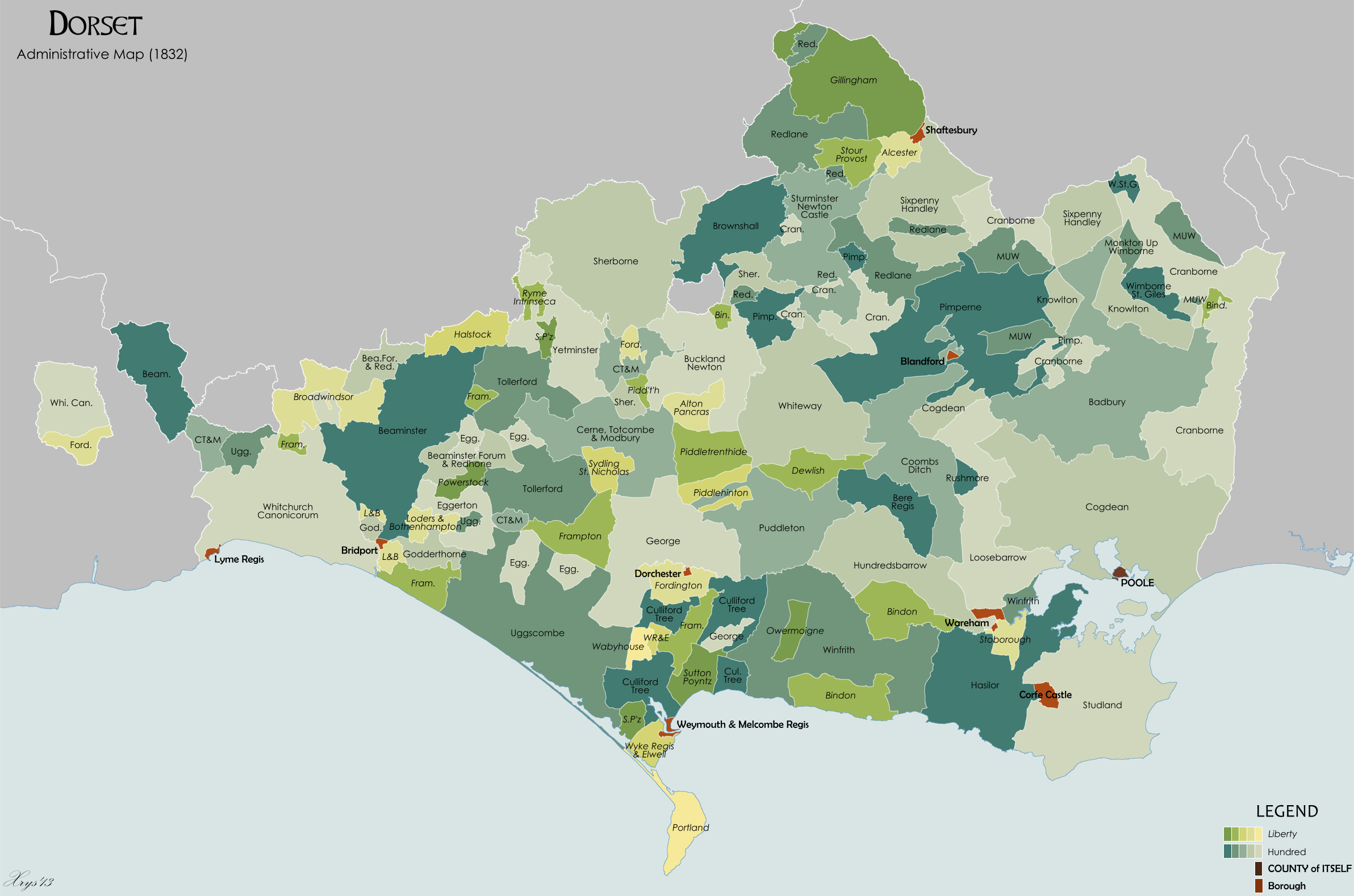|
SRDE
__NOTOC__ The Signals Research and Development Establishment (SRDE) was a British government military research establishment, based in Christchurch, Dorset from 1943 until it merged with the Royal Radar Establishment (RRE) in Malvern, Worcestershire to form the Royal Signals and Radar Establishment (RSRE) in 1976. Its focus was military communications (signals). History The establishment had its origins in the Royal Engineers Wireless Telegraphy Experimental Section founded at Aldershot in the very early part of the twentieth century. It moved to Woolwich, initially into the former Royal Dockyard (at that time a military stores depot) where it formed part of the Inspectorate of Royal Engineers Stores, before moving on to Woolwich Common. In 1914 it was operating out of a van at Woolwich, but in 1916 it settled into its own premises, becoming the Signals Experimental Establishment. The establishment was renamed SRDE at the start of the Second World War; it moved briefly to Horsham b ... [...More Info...] [...Related Items...] OR: [Wikipedia] [Google] [Baidu] |
John Robert Mills
John Robert Mills (12 November 1916 – 6 May 1998) was a British physicist and scientific expert who played an important role in the development of radar and the defence of Britain in After the war he continued his career working for various British government research establishments on a variety of projects until his retirement in 1977. In addition to many achievements and contributions to military technological development, Mills was the first British scientist to receive radio-wave signals bounced off the Moon. Education and early career Following his education at the Kingston upon Thames Grammar School he gained a BSc in physics at King's College London in 1939 and later the same year he joined the Air Ministry Research Establishment in Dundee. In 1940 he moved to the Royal Aircraft Establishment (RAE) at Farnborough and in 1942 moved to the Telecommunications Research Establishment (TRE) in Malvern, which later became the Radar Research Establishment (RRE) and l ... [...More Info...] [...Related Items...] OR: [Wikipedia] [Google] [Baidu] |
Royal Signals And Radar Establishment
The Royal Signals and Radar Establishment (RSRE) was a scientific research establishment within the Ministry of Defence (MoD) of the United Kingdom. It was located primarily at Malvern in Worcestershire, England. The RSRE motto was ''Ubique Sentio'' (Latin for "I sense everywhere"). History RSRE was formed in 1976 by an amalgamation of previous research organizations; these included the Royal Radar Establishment (RRE), itself derived from the World War II-era Telecommunications Research Establishment, the Signals Research and Development Establishment (SRDE) in Christchruch, Dorset, and the Services Electronic Research Laboratory (SERL) at Baldock. Beginning in 1979, the SRDE and SERL moved to Malvern to join the RRE's location.EdsRobert Budand Philip Gummett, ''Cold War Hot Science: Applied Research in Britain's Defence Laboratories 1945-1990'', Harwood, 1999 There were several out-stations in Worcestershire, including the ex- RAF airfields at Defford and Pershore ... [...More Info...] [...Related Items...] OR: [Wikipedia] [Google] [Baidu] |
Royal Radar Establishment
The Royal Radar Establishment was a research centre in Malvern, Worcestershire in the United Kingdom. It was formed in 1953 as the Radar Research Establishment by the merger of the Air Ministry's Telecommunications Research Establishment (TRE) and the British Army's Radar Research and Development Establishment (RRDE). It was given its new name after a visit by Queen Elizabeth II in 1957. Both names were abbreviated to RRE. In 1976 the Signals Research and Development Establishment (SRDE), involved in communications research, joined the RRE to form the Royal Signals and Radar Establishment (RSRE). The two groups had been closely associated since before the opening of World War II, when the predecessor to RRDE was formed as a small group within the Air Ministry's research centre in Bawdsey Manor in Suffolk. Forced to leave Bawdsey due to its exposed location on the east coast of England, both groups moved several times before finally settling in separate locations in Malvern ... [...More Info...] [...Related Items...] OR: [Wikipedia] [Google] [Baidu] |
Military
A military, also known collectively as armed forces, is a heavily armed, highly organized force primarily intended for warfare. It is typically authorized and maintained by a sovereign state, with its members identifiable by their distinct military uniform. It may consist of one or more military branches such as an army, navy, air force, space force, marines, or coast guard. The main task of the military is usually defined as defence of the state and its interests against external armed threats. In broad usage, the terms ''armed forces'' and ''military'' are often treated as synonymous, although in technical usage a distinction is sometimes made in which a country's armed forces may include both its military and other paramilitary forces. There are various forms of irregular military forces, not belonging to a recognized state; though they share many attributes with regular military forces, they are less often referred to as simply ''military''. A nation's milit ... [...More Info...] [...Related Items...] OR: [Wikipedia] [Google] [Baidu] |
Night Vision Equipment
A night-vision device (NVD), also known as a night optical/observation device (NOD), night-vision goggle (NVG), is an optoelectronic device that allows visualization of images in low levels of light, improving the user's night vision. The device enhances ambient visible light and converts near-infrared light into visible light which can be seen by the user; this is known as I2 (image intensification). By comparison, viewing of infrared thermal radiation is referred to as thermal imaging and operates in a different section of the infrared spectrum. A night vision device usually consists of an image intensifier tube, a protective housing, and may have some type of mounting system. Many NVDs also include a protective sacrificial lens, mounted over the front lens (ie. objective lens) on NVDs to protect the latter from damage by environmental hazards and some can incorporate [...More Info...] [...Related Items...] OR: [Wikipedia] [Google] [Baidu] |
RAF Defford
Royal Air Force Defford or more simply RAF Defford is a former Royal Air Force station located northwest of Defford, Worcestershire, England. History Second World War At the outbreak of the Second World War, Croome Court and its surrounding estate was requisitioned by the Ministry of Works. The main palladian house was initially leased for a year to the Dutch Government as a possible refuge for Queen Wilhelmina of the Netherlands to escape the Nazi occupation of the Netherlands. However, evidence shows that they only stayed for two weeks at most, and later emigrated to Canada. Construction of RAF Defford was started at the outbreak of war, and completed in 1941. For a few months the airfield was used as a satellite station by the Vickers Wellington bombers of No. 23 Operational Training Unit RAF (OTU), based a few miles away at RAF Pershore. In May 1942, the Telecommunications Research Establishment (TRE), responsible for radar research and development, and located nea ... [...More Info...] [...Related Items...] OR: [Wikipedia] [Google] [Baidu] |
Satellite
A satellite or artificial satellite is an object intentionally placed into orbit in outer space. Except for passive satellites, most satellites have an electricity generation system for equipment on board, such as solar panels or radioisotope thermoelectric generators (RTGs). Most satellites also have a method of communication to ground stations, called transponders. Many satellites use a standardized bus to save cost and work, the most popular of which is small CubeSats. Similar satellites can work together as a group, forming constellations. Because of the high launch cost to space, satellites are designed to be as lightweight and robust as possible. Most communication satellites are radio relay stations in orbit and carry dozens of transponders, each with a bandwidth of tens of megahertz. Satellites are placed from the surface to orbit by launch vehicles, high enough to avoid orbital decay by the atmosphere. Satellites can then change or maintain the orbit by pr ... [...More Info...] [...Related Items...] OR: [Wikipedia] [Google] [Baidu] |
Optical Fibre
An optical fiber, or optical fibre in Commonwealth English, is a flexible, transparent fiber made by drawing glass (silica) or plastic to a diameter slightly thicker than that of a human hair. Optical fibers are used most often as a means to transmit light between the two ends of the fiber and find wide usage in fiber-optic communications, where they permit transmission over longer distances and at higher bandwidths (data transfer rates) than electrical cables. Fibers are used instead of metal wires because signals travel along them with less loss; in addition, fibers are immune to electromagnetic interference, a problem from which metal wires suffer. Fibers are also used for illumination and imaging, and are often wrapped in bundles so they may be used to carry light into, or images out of confined spaces, as in the case of a fiberscope. Specially designed fibers are also used for a variety of other applications, some of them being fiber optic sensors and fiber lasers. ... [...More Info...] [...Related Items...] OR: [Wikipedia] [Google] [Baidu] |
Image Intensifier
An image intensifier or image intensifier tube is a vacuum tube device for increasing the intensity of available light in an optical system to allow use under low-light conditions, such as at night, to facilitate visual imaging of low-light processes, such as fluorescence of materials in X-rays or gamma rays (X-ray image intensifier), or for conversion of non-visible light sources, such as near-infrared or short wave infrared to visible. They operate by converting photons of light into electrons, amplifying the electrons (usually with a microchannel plate), and then converting the amplified electrons back into photons for viewing. They are used in devices such as night-vision goggles. Introduction Image intensifier tubes (IITs) are optoelectronic devices that allow many devices, such as night vision devices and medical imaging devices, to function. They convert low levels of light from various wavelengths into visible quantities of light at a single wavelength. Operation Image i ... [...More Info...] [...Related Items...] OR: [Wikipedia] [Google] [Baidu] |
History Of Dorset
Dorset is a rural county in south west England. Its archaeology documents much of the history of southern England. Pre-Roman The first known settlement of Dorset was by Mesolithic hunters, who returned to Britain at a time when it was still attached to Europe by a land-bridge, around 12,500 BC. The population was very small, maybe only a few thousand across the whole of Britain, and concentrated along the coast: in Dorset, such places as the Isle of Purbeck, Weymouth, Chesil Beach and Hengistbury Head, and along the Stour valley. These populations used stone tools and fire to clear some of the native oak forest for herding prey. Genetic experiments carried out on a Mesolithic skeleton from Cheddar Gorge (in the neighbouring county of Somerset) have shown that a significant part of the contemporary population of Dorset is descended from these original inhabitants of the British Isles. This suggests that when a wave of immigrant farmers arrived from the continent in th ... [...More Info...] [...Related Items...] OR: [Wikipedia] [Google] [Baidu] |
1948 Establishments In England
Events January * January 1 ** The General Agreement on Tariffs and Trade (GATT) is inaugurated. ** The Constitution of New Jersey (later subject to amendment) goes into effect. ** The railways of Britain are nationalized, to form British Railways. * January 4 – Burma gains its independence from the United Kingdom, becoming an independent republic, named the ''Union of Burma'', with Sao Shwe Thaik as its first President, and U Nu its first Prime Minister. * January 5 ** Warner Brothers shows the first color newsreel (''Tournament of Roses Parade'' and the ''Rose Bowl Game''). ** The first Kinsey Reports, Kinsey Report, ''Sexual Behavior in the Human Male'', is published in the United States. * January 7 – Mantell UFO incident: Kentucky Air National Guard pilot Thomas Mantell crashes while in pursuit of an unidentified flying object. * January 12 – Mahatma Gandhi begins his fast-unto-death in Delhi, to stop communal violence during the Partition of India. * ... [...More Info...] [...Related Items...] OR: [Wikipedia] [Google] [Baidu] |
1980 Disestablishments
__NOTOC__ Year 198 (CXCVIII) was a common year starting on Sunday (link will display the full calendar) of the Julian calendar. At the time, it was known as the Year of the Consulship of Sergius and Gallus (or, less frequently, year 951 ''Ab urbe condita''). The denomination 198 for this year has been used since the early medieval period, when the Anno Domini calendar era became the prevalent method in Europe for naming years. Events By place Roman Empire * January 28 ** Publius Septimius Geta, son of Septimius Severus, receives the title of Caesar. ** Caracalla, son of Septimius Severus, is given the title of Augustus. China *Winter – Battle of Xiapi: The allied armies led by Cao Cao and Liu Bei defeat Lü Bu; afterward Cao Cao has him executed. By topic Religion * Marcus I succeeds Olympianus as Patriarch of Constantinople (until 211). Births * Lu Kai (or Jingfeng), Chinese official and general (d. 269) * Quan Cong, Chinese general and ... [...More Info...] [...Related Items...] OR: [Wikipedia] [Google] [Baidu] |









